I've seen many users asking questions trying to change the colors of cells using User-defined functions. I was always under the impression that it was not possible to do so. My understanding was that a user-defined function cannot change any properties of a cell except the value of the cell that contains the formula. Subs are what change cells themselves.
However, when playing around with some code to test this, I found that it's not always the case.
Using the simple code:
Function ColorCell(rng As Range)
If rng.Value = 1 Then
ColorCell = False
Else
ColorCell = True
rng.Interior.ColorIndex = 3
End If
End Function
If I enter the function into a cell, I achieve expected results, no cells change colors. However, if I use the Formulas > Insert Function button and navigate to my formula to insert it this way, it does color the targeted cells.

How is this possible, and why did the function behave differently when entered in different ways?
EDIT: this was tested using Excel 2007




